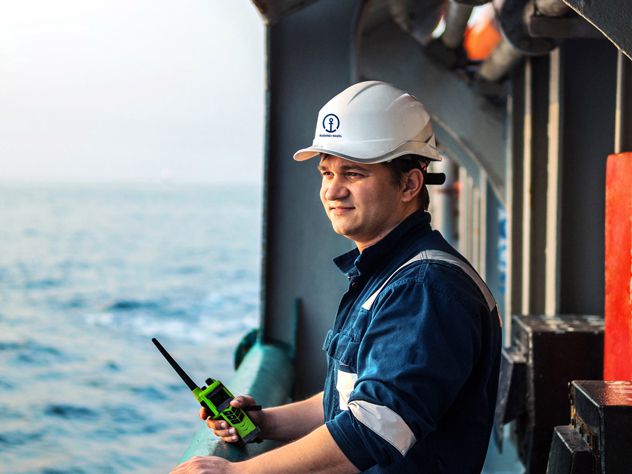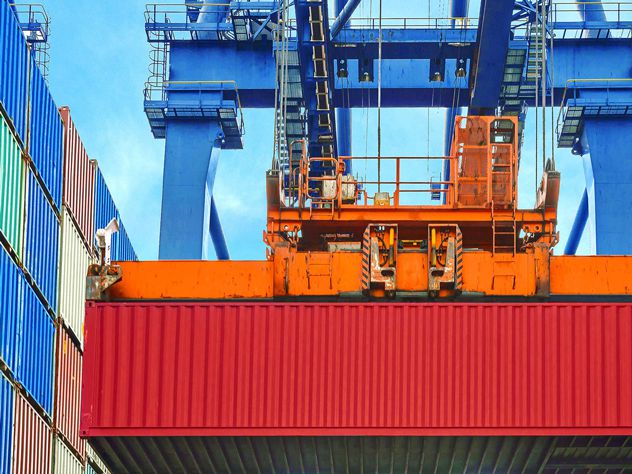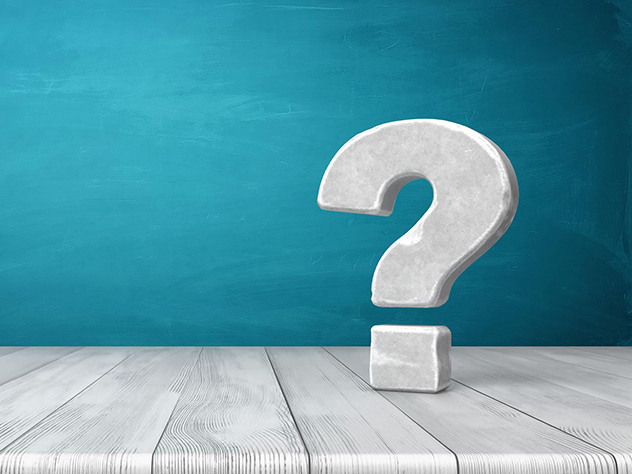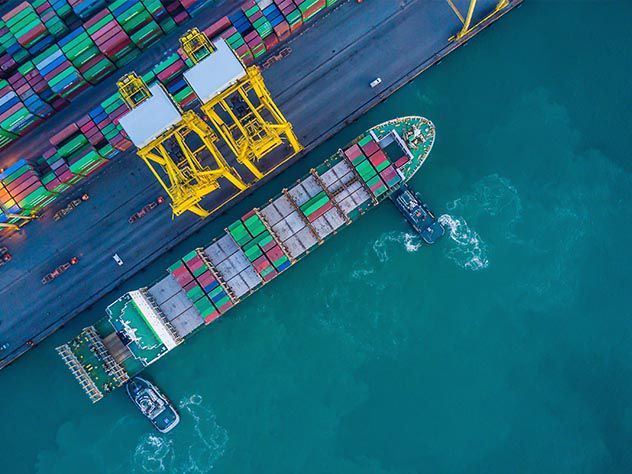What is a bill of lading?
Bill of lading (B/L) is a maritime unique document issued in paper form, which confirms the service involved in the transport fulfilment. It identifies the owner of the goods and acts as security for, among other things, the rights and risks associated with the performance of maritime transport. A sea bill of lading is a security that transfers ownership – by presenting a bill of lading, we indicate who is the consignee and consignor of the goods. Identifies loading and destination locations. A very important entry in the bill of lading is information on the cargo being carried – size, quantity, weight, volume.
A maritime bill of lading is created exactly when the cargo is on board the ship. It cannot arise earlier or later, after arrival, because it confirms, as a bill of lading, the transport service.
The emergence of sea bills of lading is linked to the phenomenon of containerisation. The most common bills of lading are named bills of lading. However, we can distinguish between many types of bills of lading, such as shipowner's bills of lading – issued directly by the line – and forwarder's bills of lading – issued by freight forwarders. Kuehne+Nagel, as a freight forwarder with no fleet of its own, issues the NVOCC, or Non-Vessel Operator's Bill of Lading and certifies the transport service on this basis.
The bill of lading describes the risks associated with transport and travel safety. Participants in the maritime transport process should be aware of their rights, responsibilities and risks, which are described in the document. The bill of lading is the most important document in maritime transport and its loss can expose the participants in the process to losses, e.g. in the event of a joint failure.
What is the life cycle of a bill of lading?
Example: Ryszard from Gdansk buys a container of mugs from Piotr in Asia.
Each party strives for mutual satisfaction – the Buyer, when fulfilling an order, is obliged to make a down payment before the mugs are produced, so that the seller has a guarantee of the transaction.
After the transaction, the Seller proceeds with the production of the mugs. Once all the production has been completed, the Seller informs the Buyer that it is ready for dispatch. Thus, the Seller expects a transfer regarding payment for the service provided. The Seller and the Buyer are separated by more than 16,000 kilometres, so the Buyer is unable to ascertain whether the order is as agreed.
In such a situation, the Buyer can approach a logistics operator, such as Kuehne+Nagel, who can verify the order on the basis of the order even before the container sails from Asia to Gdansk and certify it. Kuehne+Nagel performs an additional service by inspecting the cargo, performing visual inspection activities, determining the quality of the goods and ensuring that the cargo purchased by the Buyer is exactly the same as agreed by both parties.
The second activity that Kuehne+Nagel performs is the transport service. Once the cargo has been received or picked up (depending on the terms of cooperation), we transport it to the terminal, where we carry out the shiploading operation.
At this point, a sea bill of lading is created.
Most of the bills of lading currently in circulation are issued in originals, as this is linked to the service of money transfer for work done. On the basis of, for example, three original bills of lading, we are assured that cargo in the quantity indicated has been shipped and has sailed from the port. This means that the shipper, upon receipt of payment, has the right to transfer ownership of the cargo under the bill of lading to the named consignee.
The sea bill of lading in this case goes to the buyer. It is a security and has the characteristics of a bill of exchange, transferring ownership rights.
Ownership rights are transferred by endorsement – the parties transfer ownership of the document to the goods. In a bill of lading, the shipper is obliged to make an endorsement. An endorsement is a written confirmation with a stamp that the cargo is being released to the next entity. The Seller releases the cargo to the next entity. Later, the Buyer makes another endorsement, i.e. he confirms that it is the party that receives the goods.
What if, after a commercial transaction, the Buyer resold the goods during transport at sea?
The Buyer may transfer ownership of this cargo by endorsement to a third party. The third party will then be another party to the transaction. Once the goods arrive at the designated point, the consignee can be a third party.
Bill of lading – what should I pay particular attention to?
Inconsistency of goods details on packing list, commercial invoice and bill of lading
The sea bill of lading should be closely linked to the commercial documentation. This is the most common cause of problems and therefore additional costs, as it holds up transport. Maritime transport mostly takes place internationally. The sea bill of lading should show accurate details of the name of the cargo and the contents of the consignment, its origin, the place of shipment and receipt, the consignee’s and shipper’s details and those of the cargo: weight and volume. The bill of lading must be closely linked to the packing list – a commercial document that should also confirm the data linked to the bill of lading.
No endorsements.
When the Seller sends a bill of lading certifying the transaction, he is obliged to put his stamp and his signature on the bill of lading. This is particularly important in the case of bills of lading to order, as this transaction can be passed on to subsequent parties who will potentially want to transfer ownership to another party.
What can be done to reduce the risks?
Once the transaction and cargo payment have been made, it is a good idea to request a so-called SeaWayBill or telex release from the shipper. In such a situation, the producer, having received the money for the service provided, may agree to release the cargo without producing the bills of lading. For this to happen he should report to the operator at the port and ask for a telex release.





.jpg/f0b3a1c2-3aab-d0bb-42a9-4841d8639c84)
.jpg/7b208fb2-6c5a-7397-d7f3-1d4d8102a9b4)
.png/2975be48-1e8a-3071-5526-1cdc72a1a112)
.png/19b5e912-edcb-e59c-9c90-f6a3727619c2)

